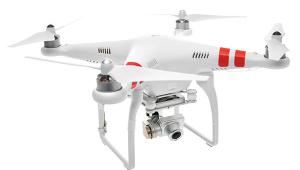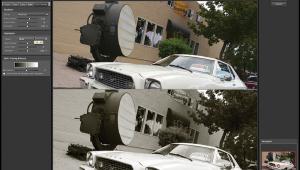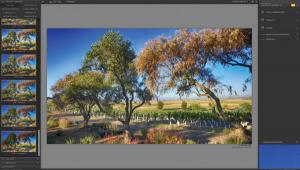Digital Innovations
Working In Cross Platform Environments
| "Sometimes I feel
like f/5.6 in a f/2.8 world." Regardless of which computer
platform you work on, sooner or later someone will hand you a disk--or
removable media cartridge--containing image files designed for that
"other" computer system. Digital photographs can be saved
in an often bewildering variety of file formats including PICT, TIFF,
BMP, or PCX, along with some files unique to Windows or the Mac OS.
Photographers who keep a foot in Windows and Macintosh environments
need software utilities that will allow them to move seamlessly between
both of them. |
- Log in or register to post comments

















































